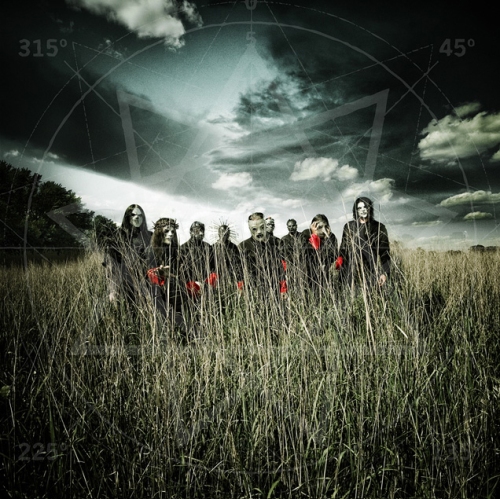Midheaven is the second full album from L.A. Based band The Human Abstract. The band released the album August 19 on Hopeless Records.
To be quite honest, I had never really heard of this band until a friend suggested I review the album after I asked for suggestion.
I got the album, and feel entirely indifferent about it. The Human Abstract simply try to do too much with this album. The line between too much and not enough is a very fine one, and these guys simply disregarded that there was a line to being with. They decided when writing this that it would be a concept album, and when founding member and guitarist A.J. Minette left, things changed entirely.
Now to get down to business. The vocals on this album are absolutely incredible at times, but utter rubbish at others. The opening track of the album (“A Violent Strike”), being by far the best track in my opinion, most clearly shows the great capabilities of Nathan Ells. Sadly, however, this is the only track where he lets loose on the vocals. “Procession of the Fates” is similar in it’s vocal soundscape, but is quite clear that he pulls the reigns in from what he is capable of.
The guitar work. Oh, where to begin with this. I’ll say this first: never have I heard a more stereotypically erratic and mediocre sound. I could swear that I have heard everything on this album a million times before, and most times in a better way. Sure, they’re fast, who isn’t these days? Oh, sweeps? Everyone can do it, and most people do. If you want to become truly progressive, stop picking bits and pieces from stuff you have heard in rock and metal before, and find influence elsewhere. Now, normally I will not criticize a band for doing something that is not “new and exciting” but I will not hesitate to criticize a progressive band for not being “new and exciting”. The whole idea of being progressive is to push the boundaries, and really have your own unique style, this normally including something entirely new/different. All this album does is smash every different style they have been influenced end-to-end, and in a choppy way at that.
The real strength of this album is it’s ability to appear to a wide range of emotions and people with different tastes. As a person who enjoys a wide range of musical styles, I could appreciate the small things that work well in this album, such as the keyboard parts in “Metanoia”. The soundscape of this album really is impressive, and a bit too much at times. As with many avant-garde, progressive, and mathcore albums the skill of the musicians feels forced all too often. With the mathcore nature of the guitar parts that are used throughout the album this is almost inevitable, with mathcore being the fickle beast that it is.
All in all, I enjoyed the album because of the fronts it was able to deliver on, but it simply is not that good. Mediocre at best.
Track picks: “A Violent Strike” and “This World A Tomb”
Overall Score: 5/10 Devil horns








